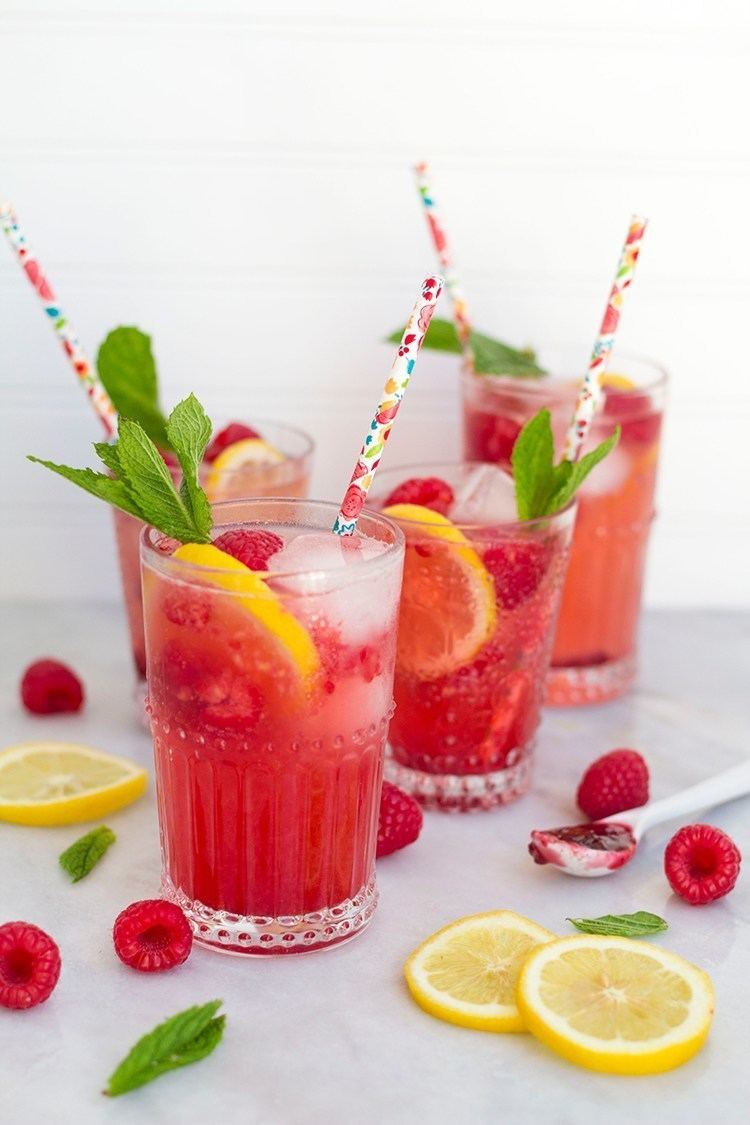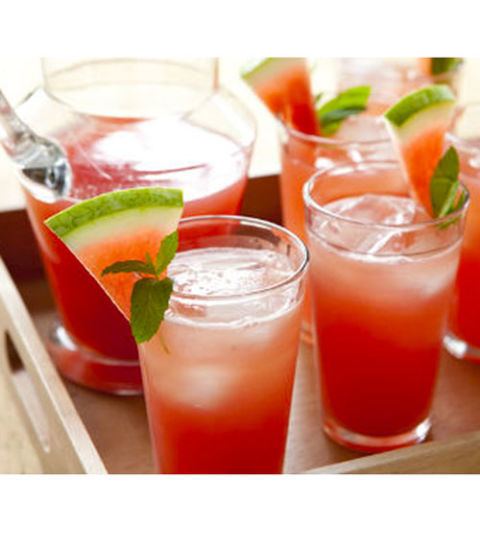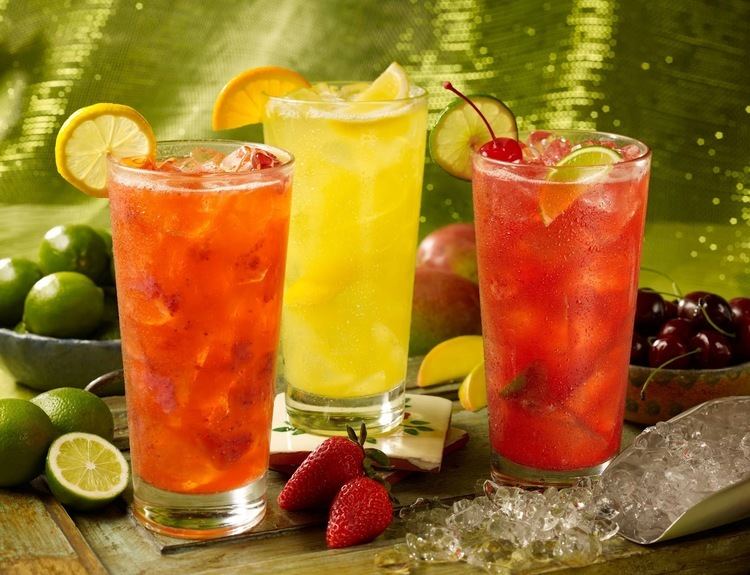 | ||
Similar Punch, Mojito, Lemonade, Low‑alcohol beer, Margarita | ||
Alcohol free, or non-alcoholic beverages, are non-alcoholic versions of typically alcoholic beverages. These may take the form of a non-alcoholic mixed drink (a "virgin drink"), non-alcoholic beer ("near beer") and "mocktails", and are widely available where alcoholic beverages are sold. Beverages with labels that state the actual alcohol by volume help citizens from unknowingly becoming inebriated or drunk drivers.
Contents
- Low alcoholic beverage
- Ethical issues
- History of Mocktails
- EU
- Denmark
- Finland
- Italy
- Sweden
- UK
- Norway
- US
- References

Low-alcoholic beverage

Sparkling cider, sodas, and juices naturally contain trace amounts or no alcohol. Some fresh orange juices are above the UK 'alcohol free' limit of 0.05% ABV, as are some yogurts and rye bread.

Ethanol distillation is used to separate alcoholic beverages into what are advertised as non-alcoholic beverages and spirits; distilled wine produces low alcohol wine and brandy (from brandywine, derived from Dutch brandewijn, "burning wine"), distilled beer may be used to produce low-alcohol beer and whisky.

However alcoholic beverages cannot be further purified to 0.00% alcohol by volume by distillation. In fact, most beverages labeled non-alcoholic contain 0.5% ABV as it is more profitable than distilling it to 0.05% ABV often found in products sold by companies specializing in non-alcoholic beverages.
Ethical issues

Alcohol is legal in most countries of the world where a drinking culture exists. In countries where alcohol is illegal, similar non-alcoholic beverage are permitted. The definition of "alcohol-free" may vary from country to country. The term "non-alcoholic" (e.g., alcohol-free beer) is often used to describe a beverage that contains 0.0% ABV. Such beverages are permitted by Islam and are popular in countries that enforce alcohol prohibition, such as Saudi Arabia, Kuwait, and Iran.

However, most beverages advertised as "non-alcoholic" or "alcohol free" sold by countries with zero tolerance with state-run liquor monopoly, actually contain alcohol. Finland has a quite high ABV regulation for non-alcoholic beverages that are classified as alcoholic beverage by most other countries.
non-alcoholic beverage means a beverage which contains a maximum of 2.8 percentage by volume ethyl alcohol
In the European Union, the labels of beverages containing only more than 1.2% ABV must state the actual alcoholic strength (i.e., show the word "alcohol" or the abbreviation "alc." followed by the symbol "% vol.").
Alcohol is a psychoactive drug and some people say that the label non-alcoholic is misleading and is a threat to recovering alcoholics.
History of Mocktails
Cocktails rose in popularity during the 1980s, but they have become increasingly popular over the past few years. The use of cocktails has proliferated deep into the drinking culture. Those who did not drink alcohol found themselves in a situation where other drinks, by comparison with cocktails, were generic non-alcoholic beverages. Because of the demand for more visually and aesthetic appealing beverage than normal soft drinks, the concept known as "Mocktails" was born. Mocktails, an abbreviation for "mock cocktails", are festive, non-alcoholic party drinks. The word "mock" implying a facade of the alcoholic cocktail without any of the alcoholic content. In last few years it has become so popular that it even finds its place in the cocktail menu on many restaurant and bars. Mocktails can be described as a smooth blend of only non-alcoholic beverages, which could be fresh fruit juices, syrups, cream, herbs and spices. Mocktails are designed specifically for those who do not take alcoholic beverages or need to refrain from them, which means these blends can be enjoyed by people of all ages. They are particularly favoured over cocktails by drivers, pregnant women, and others who choose party drinks that are alcohol-free.
EU
In the European Union, the labels of beverages containing more than 1.2% ABV must state the actual alcoholic strength (i.e., show the word "alcohol" or the abbreviation "alc." followed by the symbol "% vol.").
Denmark
The government of Denmark have decided to change the alcohol free legal definition from 0.1% alcohol by volume to 0.5%.
Finland
non-alcoholic beverage means a beverage which contains a maximum of 2.8 percentage by volume ethyl alcohol
Italy
non-alcoholic beer, termed as "birra analcolica" are regulated as equal to or less than 1.2% ABV
Sweden
Systembolaget defines alcohol-free as a beverage that contains no more than 0.5% alcohol by volume.
UK
Licensing laws only place restrictions on the sale or consumption of beverages with an alcohol content of over 0.5% One shop in the UK defines Alcohol-free is defined as 0.5% alcohol or less and De-alcoholised is defined as 0.05% alcohol or less.
Norway
Alcohol free beverage defines as under 0.7 alcohol by volume.
US
A malt beverage (American term) that contains less than 0.5% alcohol by volume does not have to be labeled.
(e) Non-alcoholic. The term "non-alcoholic" may be used on malt beverages, provided the statement "contains less than 0.5 percent (or .5%) alcohol by volume" appears in direct conjunction with it, in readily legible printing and on a completely contrasting background. (f) Alcohol free. The term "alcohol free" may be used only on malt beverages containing no alcohol.
